In June of 2019 I wrote a post paying tribute to literary magazines and lamenting the many we’d lost that year. YA Review Network (YARN), an online publication dedicated to young adult literature, was one of them.
A few months ago YARN announced that their website would be shutting down at the end of the year. They encouraged readers to save their favorite stories before that happened.
I was fortunate enough to have three pieces published in YARN. The first, “We Never Get to Talk Anymore,” was nominated for a 2015 Pushcart Prize; the second, “The Lost Girls,” won runner up in their 2017 Halloween Fiction Contest; and the third, “From Autumn to June,” was published in the summer of 2018.
Knowing these stories would soon vanish, I thought I’d talk a little about them in this month’s blog post and link to them for my newer readers. Unfortunately, when I checked the links, I discovered YARN’s website was already gone.
The end of the year came a little too soon.
The internet is fleeting, we know that, but it still hurts to see your work disappear. This was a first for me; other magazines I’ve published in that have since ceased production still maintain their websites, although I realize this is probably costly.
Luckily, I’d taken time last year to print out all of my online fiction and creative nonfiction, just in case. I didn’t do a great job of it; I don’t even think I changed my printer settings from draft to high quality.
But at least I have paper copies of my YARN stories stamped with dates and images from the website that first gave them a home. And I’m grateful to the editors for giving them that home, even if it was only a temporary one.


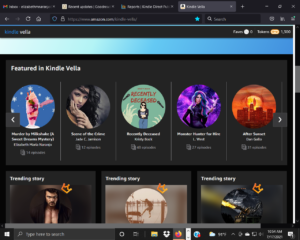
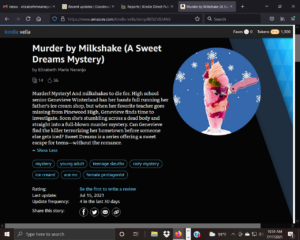
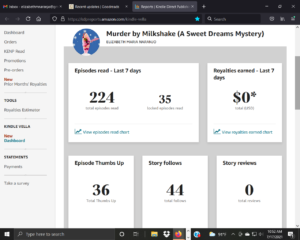
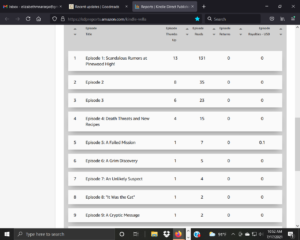






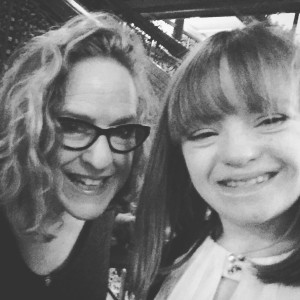
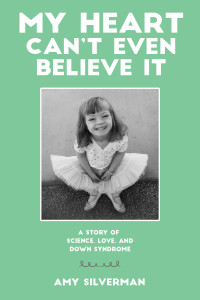

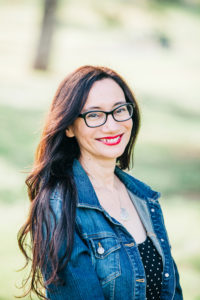
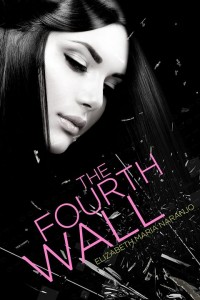











Connect With Me